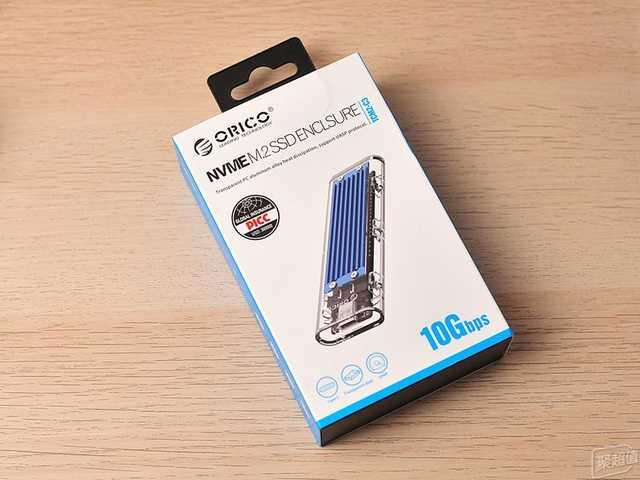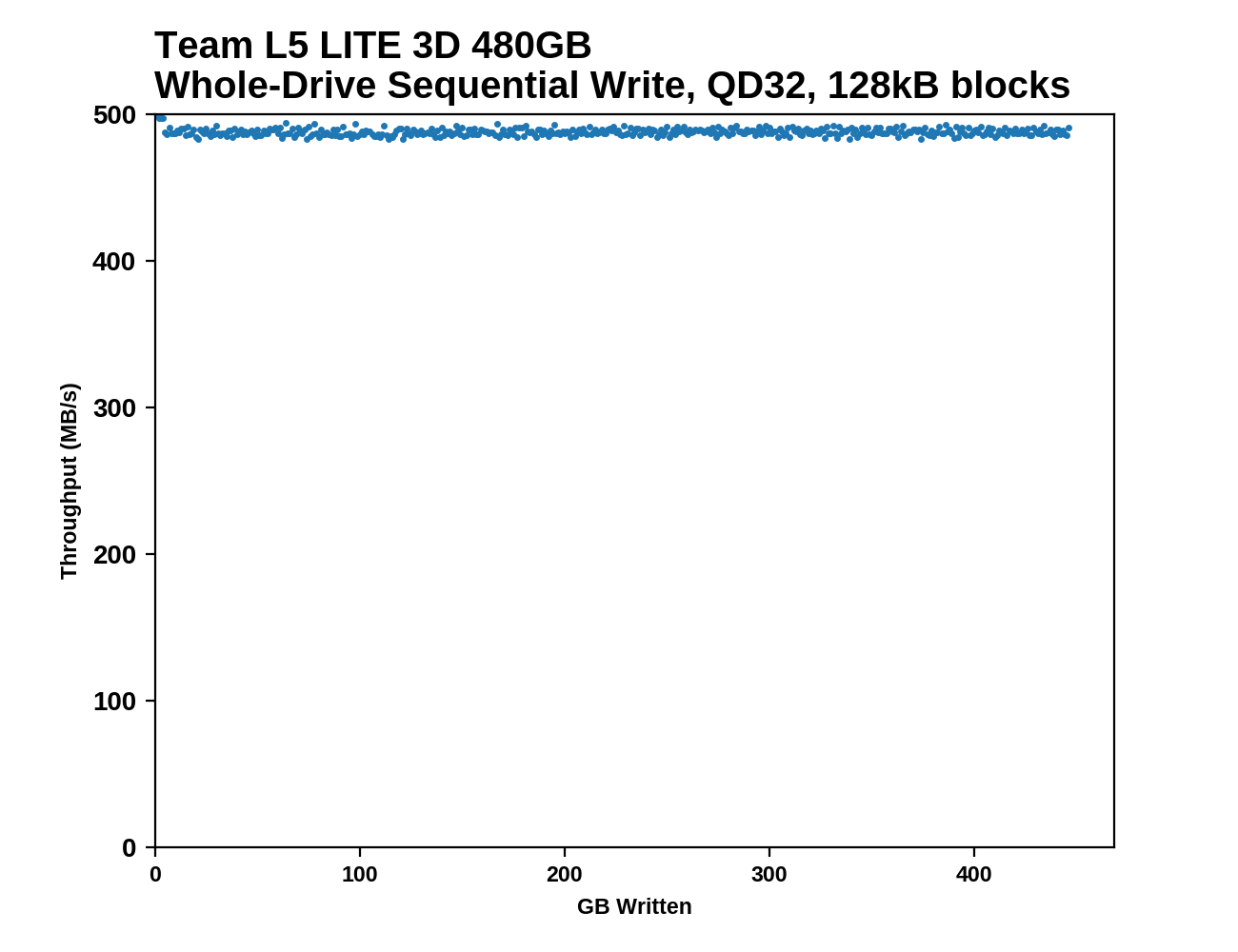

One thing is the chipset which bridges the SATA to USB 3.0. SSDs are fast, but other things can slow it down.Finally, they have had much experience in designing for non-TRIM situations, whereas more recent drives seem to take TRIM for granted and are rarely shown in non-TRIM configurations. Secondly, the reserved area for Sandforce drives is typically larger than on other drives, which can help as well. Their data compression inherently reduces write amplification, but also reduces the number of flash cells needed to hold the data thus meaning the pool of spare blocks will always be larger than in a drive which doesn’t compress its data (unless all the data is incompressible). Again, I have to blow on my Sandforce trumpet as they have several technologies which can keep performance better under non-TRIM situations. Unfortunately, being connected via USB is likely to prevent TRIM from functioning. Modern OSes have used a system called TRIM which allows the OS to signal to the drive when certain sector ranges no longer contain useful data, letting the SSD erase and use those blocks in the wear levelling process, or consolidate many larger pages with little useful data into one block. SSDs have great performance, but this performance does “drop off” after a while due to the consumption of flash blocks and the lack of spare blocks to do wear levelling with.So this, it seems, would be an ideal solution. They’re designed to replace a boot drive, which would traditionally house an OS with a mixture of large and small files with many many small block accesses. SSDs, by virtue of their design, are designed to be speedy under almost all circumstances.


Existing USB key performance leaves a lot to be desired when dealing with many many small files! And their random small-block access is poor.
#Orico mptool portable#
But the more advanced users may desire having a Linux operating system boot from USB, have several portable programs on it, or even use it to transport larger libraries of files. As power users start to see USB 3.0 adoption widespread, it would be advantageous to make the most of this speed.īut why would one care about the speed of their USB key? Well, most people wouldn’t if all they were toting around were Word Documents and Excel Spreadsheets. While I haven’t purchased any newer USB 3.0 memory sticks recently, I did have a sizable collection of “high performance” USB 2.0 sticks which were starting to be woefully slow. Given the now stable, but relatively low price of SSDs today, I still regularly lament the small size and low performance of USB sticks.


 0 kommentar(er)
0 kommentar(er)
